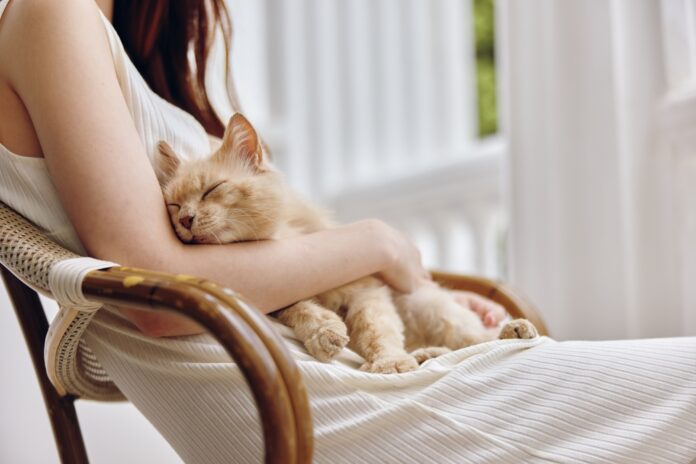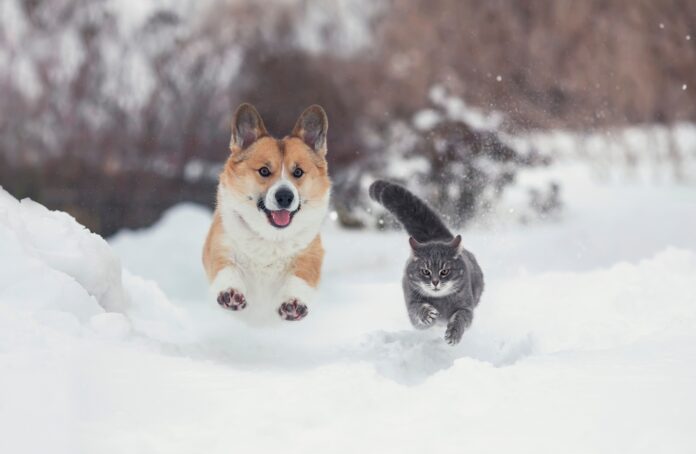Pick a litter for your kitty!

There’s a veritable smorgasbord of cat litter products on the market these days. Choosing the right one for you and your feline friend means understanding the pros and cons of each.
Cats have a reputation for being picky about their litter. In fact, litter box problems account for 50% of all feline behavior complaints, and are the number one reason cats are rehomed or taken to shelters. Additionally, some litters are better than others when it comes to quality, materials and convenience. Understanding something about the many different types of litter available today, along with their pros and cons, will help you narrow down your choice to something both you and your car will like.
Clay litter
Clay litters have been around the longest, and are a favorite for many people because of their clumping abilities – they absorb their own weight in liquid, making cleanup easy. But traditional clay litters are also dusty, track easily, and don’t absorb odors very well. In fact, for a while, all clay litters were frowned upon for the health risks caused by the dust they produce, which can cause or aggravate respiratory problems in cats and their people. Additionally, most clay litters are not biodegradable.
Low quality clay litters should still be avoided, but other products have improved significantly, thanks to manufacturers such as Arm & Hammer who have worked to create clumping clay litters that minimize dust and odor.
Biodegradable litters
Made from non-food grade wheat or corn, lumber waste, grass seed, or recycled newspaper, these cat litter choices are bio-degradable, sustainable, and do a fairly good job at absorbing odors. Because these litter types are less common than clay, they’re not as likely to be found at grocery or big box stores. Look to pet supply stores or online shopping for these litters.

Biodegradable litters can come in several grades, from fluffy to coarse. A medium grade texture makes digging easier, raises less dust, and won’t leave a telltale trail on the floor as your cat exits the box.
Here’s a look at some biodegradable litter choices:
Coconut – All-natural, biodegradable and dust-free, these litters are made from the normally-discarded outer parts of coconuts. They’re absorbent, dust-free and hyperallergenic. Coconut litters can be either clumping or non-clumping and do a good job at absorbing odor. Two companies that offer coconut litter are Cocokitty (coco-kitty.com) and Catspot (catspotlitter.com).
Wheat – A popular choice for many, wheat litters neutralize odors naturally and clump for easy cleanup and disposal.
Corn — Another sustainable choice, corn litters don’t turn to mush at the bottom of the box the way some other materials do. Just be mindful that 92% of corn grown in the US is genetically modified, so look for non-GMO brands. Litter made from corn cobs doesn’t clump well; kernel corn litter clumps better but may also attract bugs.
Pine — Sustainable and eco-friendly, pine litter is made from discarded lumber processing waste and comes in pellet or shaved form. It’s a good alternative for cats with allergies to wheat or corn. With its high absorbency, pine litter traps urine into a flat pancake and dehydrates solid waste for easier cleanup.
Grass seed — Good for single or multi-cat households, this litter clumps hard and fast, trapping odors before they can be released.

Paper – These litters are made from recycled newspapers, magazines and other paper waste. Some companies only use paper sources that use organic or soy-based inks. Processing also neutralizes the ink so none gets on the cat. The paper is compressed into pellets, is dust-free, non-toxic and very absorbent. The pellets swell when wet for easy monitoring.
Silica — Often the best choice for automatic litter boxes, silica litters are another biodegradable option for your cat. They’re made by transforming silica sand into crystals, pearls or half-pearl shapes with pores that absorb up to 40 times their weight in moisture, discouraging the growth of mold and bacteria and eliminating odor. Silica litters are dust-free and don’t track from the box to your rugs or furniture. Because wetness is completely absorbed, there’s no need for plastic litter box liners. Silica litters should not be used with kittens or cats with pica (a condition in which the animal eats non-food items), since ingesting the crystals can cause illness.
With so much to choose from, you’re sure to find a litter that your cat loves. It may take some experimenting (see sidebar at above), but once you’ve discovered the right product, both you and your feline friend will find life a lot easier!




